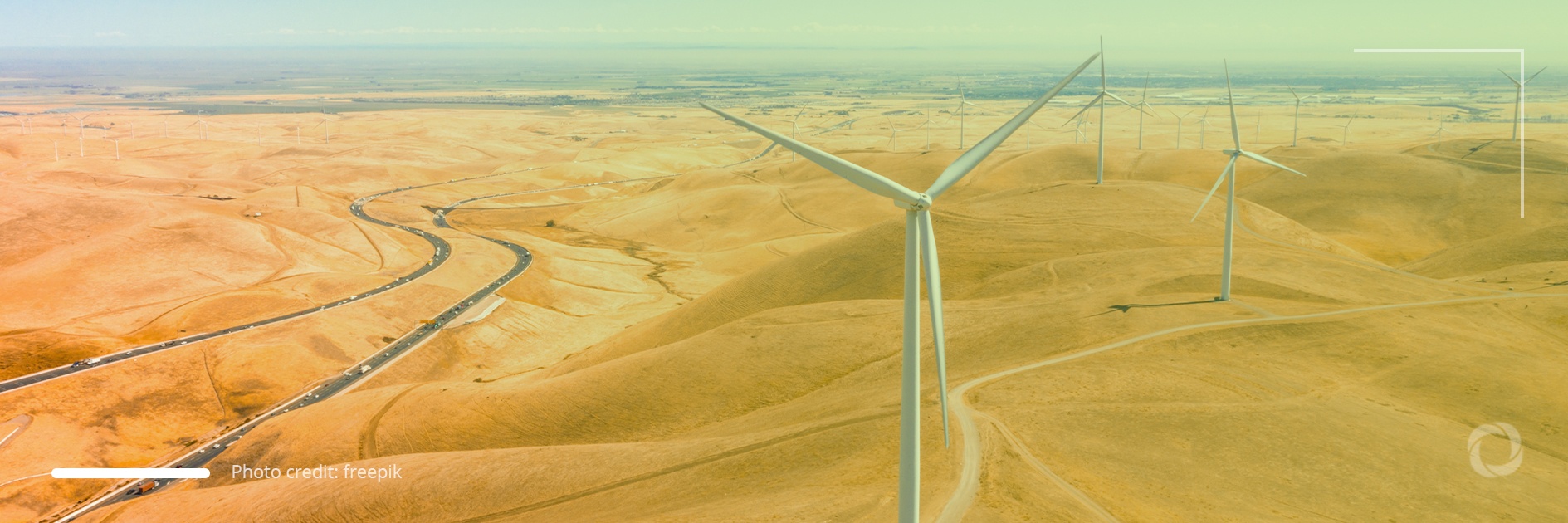Renewable energy sources accounted for 21% of the electricity produced in the United State of America in 2020. Solar, wind, hydropower, geothermal, and biomass were used to produce 834 billion kilowatt-hours, for the first time since 1885 exceeding coal which accounted for 19% or 774 billion kWh, and nuclear energy (20% or 790 billion kWh).
This is mainly due to the significantly lower use of coal and the steady increase in the use of wind and solar energy according to the U.S. Energy Information Administration (EIA). Nevertheless, fossil fuels continue to be the dominant source of energy for electricity production, with 1.617 billion kWh (40% of the total amount) generated by power plants running on natural gas.
Coal-produced electricity in the U.S. decreased by 20% compared to 2019 while the share of renewable energy grew by 9%. Utility-scale solar production (from installations larger than 1 megawatt) increased by 26% and small-scale solar (of less than 1 megawatt), such as grid-connected solar panels on household roofs, surged by 19%. Wind power, currently the most widespread renewable source of electricity in the U.S., increased by 14% in 2020 compared to 2019.
Coal-fired electricity production in the U.S. peaked in 2007 at 2.016 billion kWh but a significant share of that capacity has since been superseded or converted to natural gas-fired production. Coal was the largest source of electricity in the U.S. until 2016 while in 2020 more electricity was generated from renewable sources and nuclear power than from coal (according to EIA’s data series dating back to 1949). EIA states that renewable energy will be the main source of new generation electricity production although natural gas, coal, and battery storage will still be used to satisfy needs and to support grid reliability.
Increases in renewable energy consumption, including wind and solar sources, have been partially offset by the decrease in biofuel consumption in the transport sector. The residential and commercial sectors generally account for less than 10% of the US combined renewable energy consumption. At the same time, more than 65% of low-income households face a high energy consumption burden and more than 30% of all households have experienced some form of energy insecurity. At some point, Americans have had to refrain from purchasing food, medicine, and heating or cooling in order to be able to pay for energy bills.
When you turn on a light switch you expect a light to come on, but do you know how electricity gets there? 💡
Watch this short video to see how the grid works and learn about OE’s work to make electricity affordable and secure for all Americans. ⬇️ pic.twitter.com/dT8RJPkOka
— DOE Office of Electricity (@DOEelectricity) November 2, 2021
The US Department of Energy has launched a range of initiatives intended to assist communities to design their clean energy future. Among these is the Social Equity Energy Storage Initiative which aims to help 15 disadvantaged communities to store energy as a means of expanding their energy flexibility. This initiative of US$9 million is intended to promote a fair transition to clean energy and more affordable and reliable electricity.
Another recently launched project, the Local Energy Action Program, valued at US$16 million, is a pilot program that provides support services for communities to enable them to develop locally-led energy plans to more effectively mobilize the public and private sectors to reduce local air pollution, utility costs and the energy burden as well as to increase energy resilience and create well-paid jobs.
“Clean energy is a doorway to a healthier and more prosperous future, but for too long those doors have been closed to many of our nation’s communities,” said Secretary of Energy, Jennifer M. Granholm. In other discussions, she has stated that the “Energy Storage for Social Equity Initiative will help generate jobs, build more resilient communities and ensure a cleaner, healthier environment for all Americans” while the “Local Energy Action Program is supporting those who have carried the weight of powering our nation to develop their own solutions for ensuring a sustainable future – one that will benefit all Americans.”

